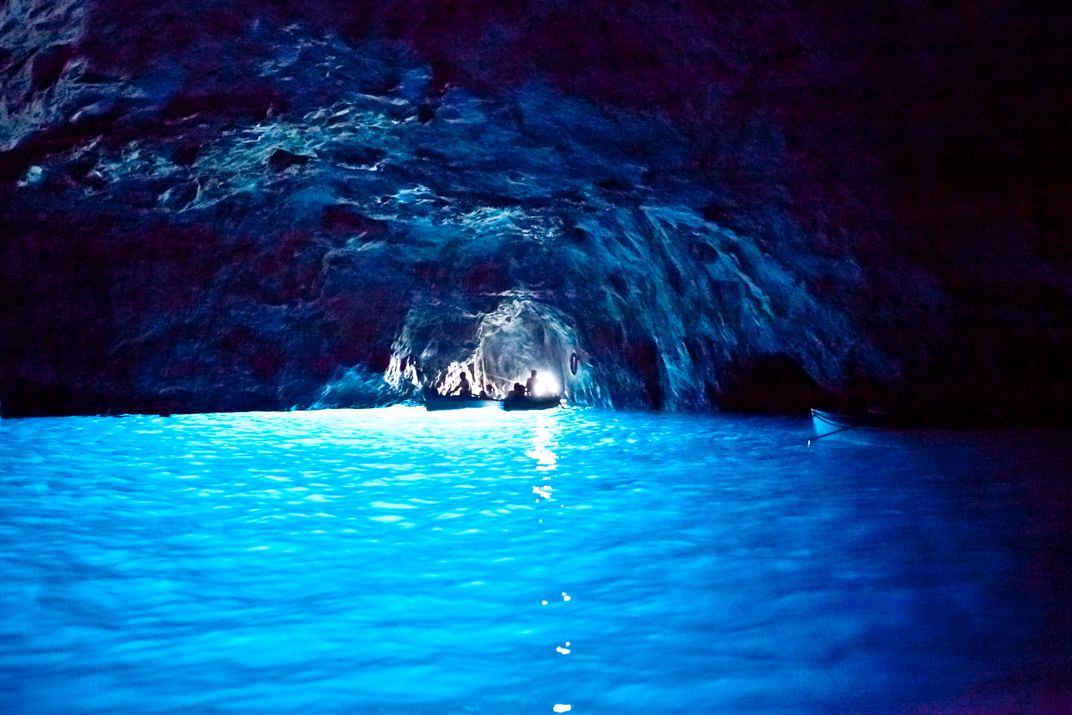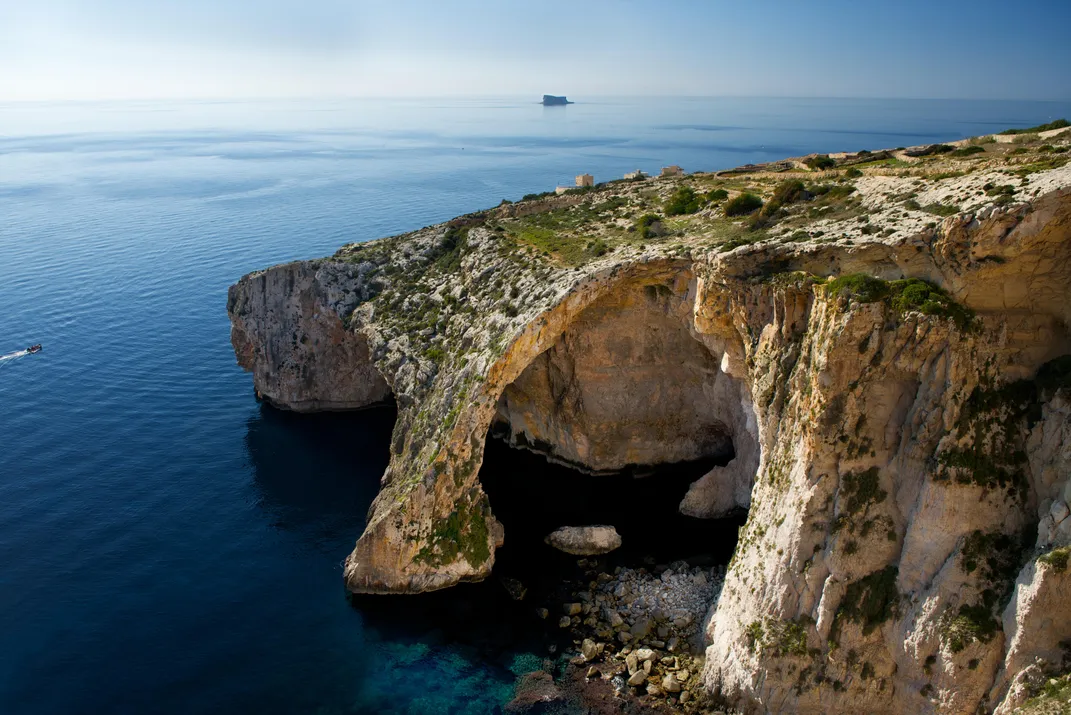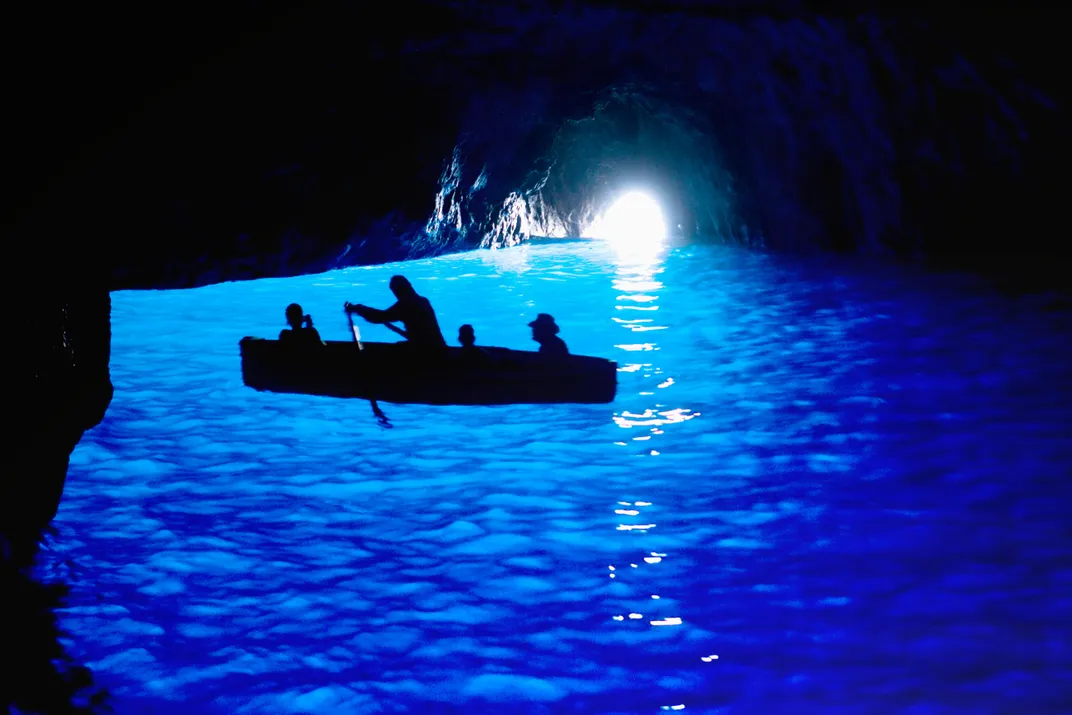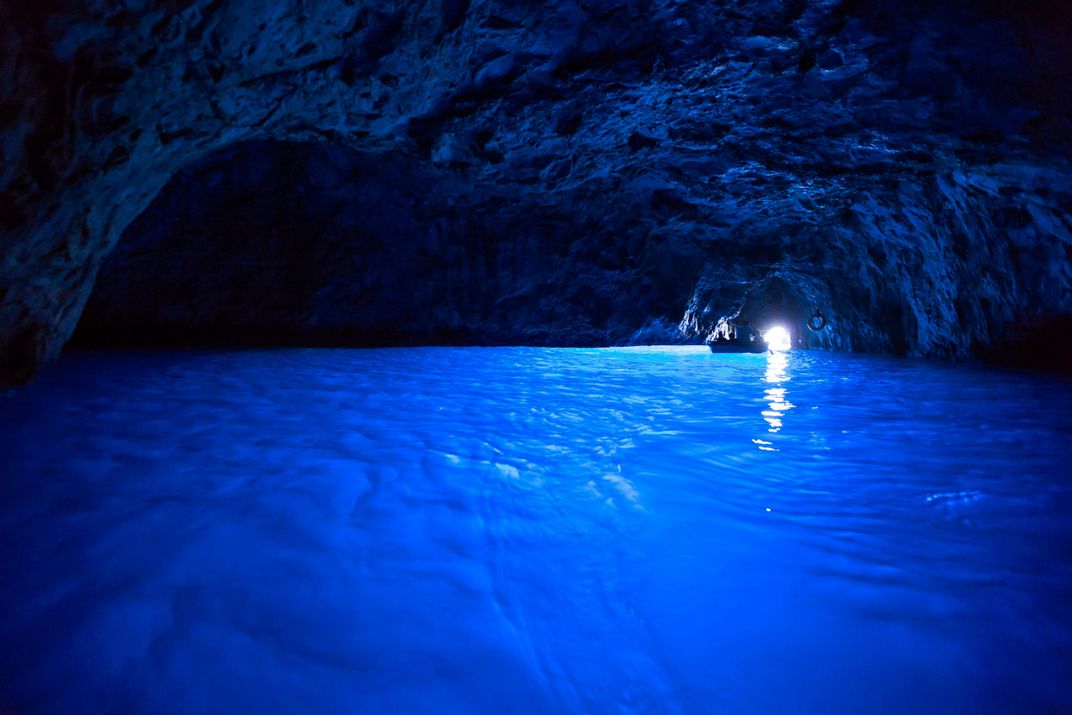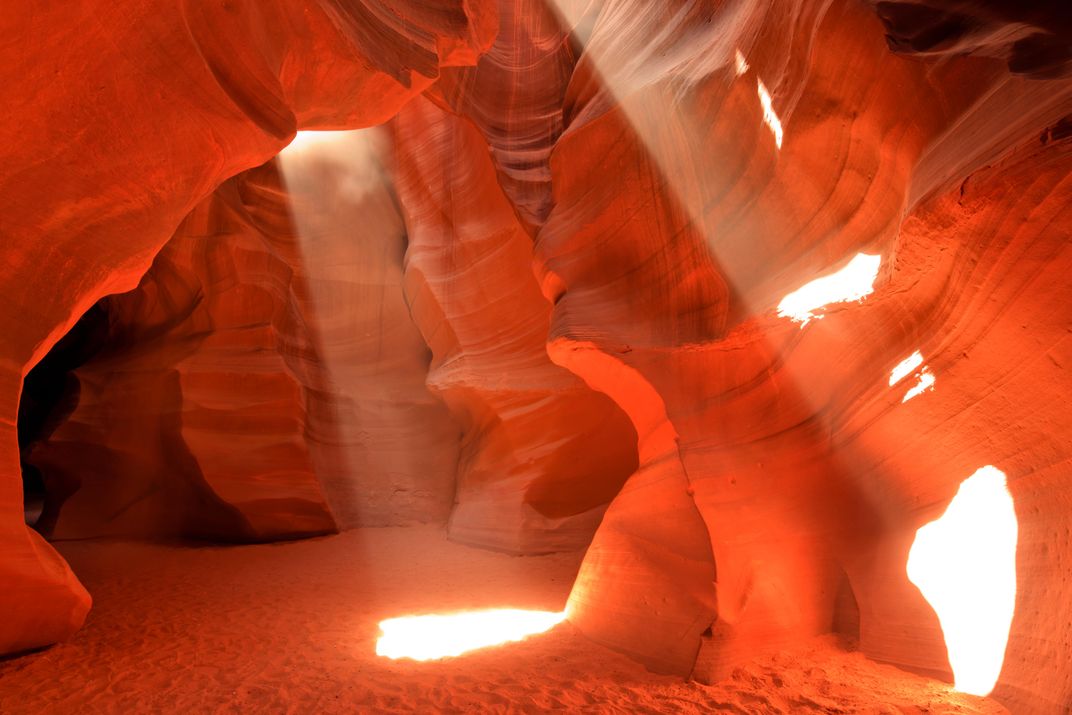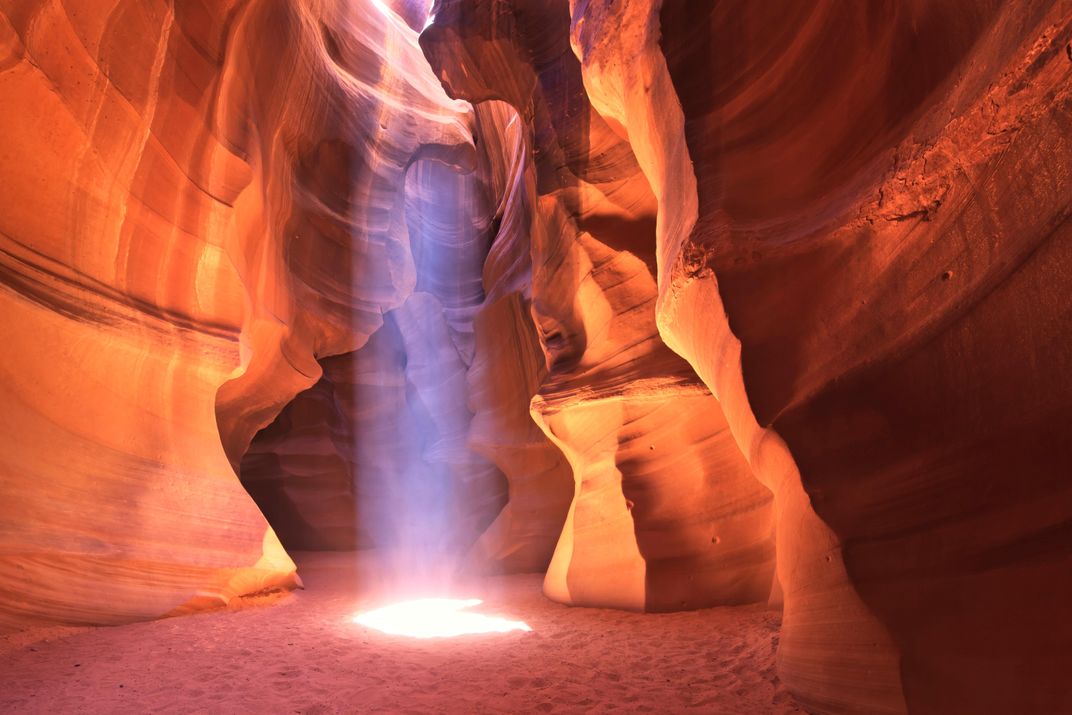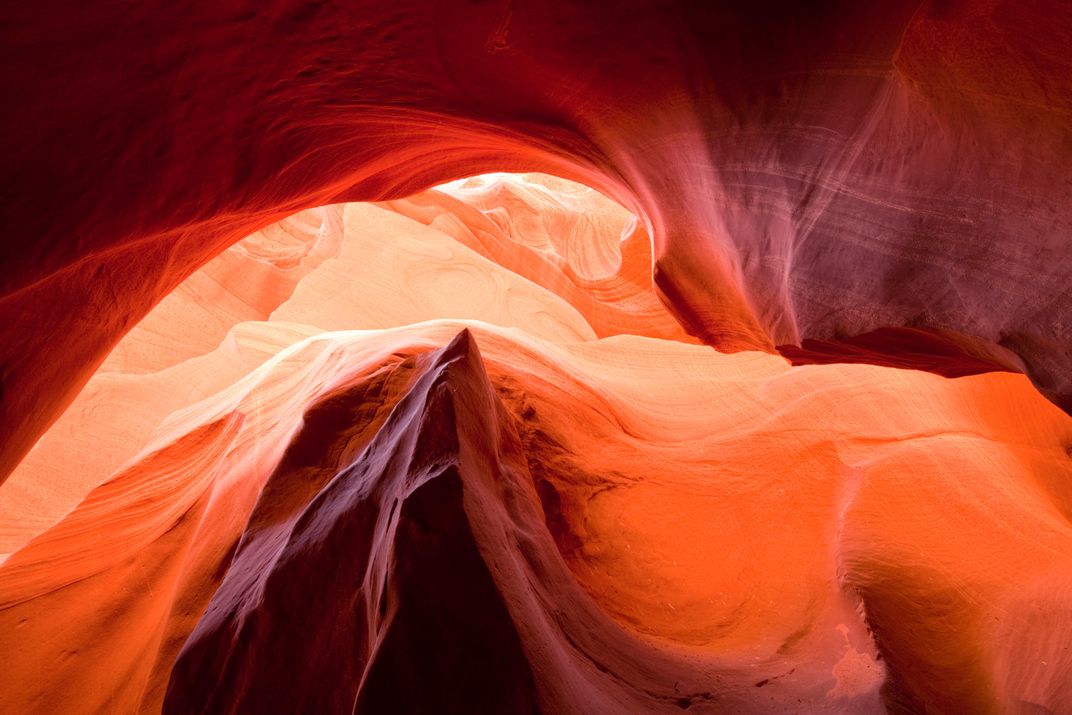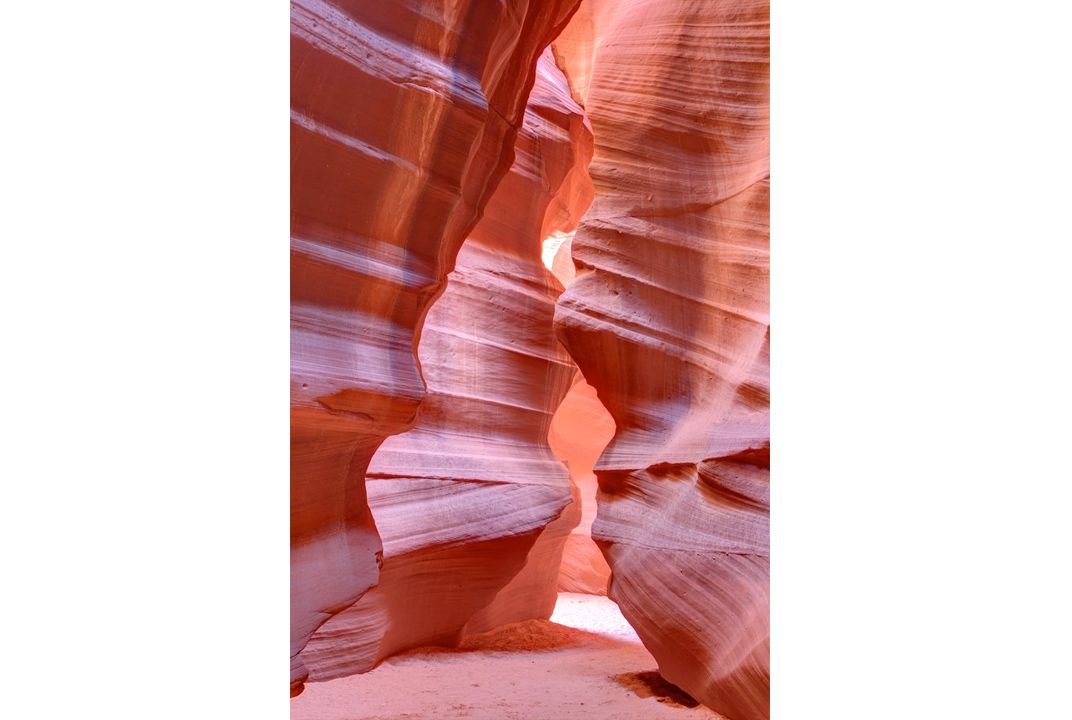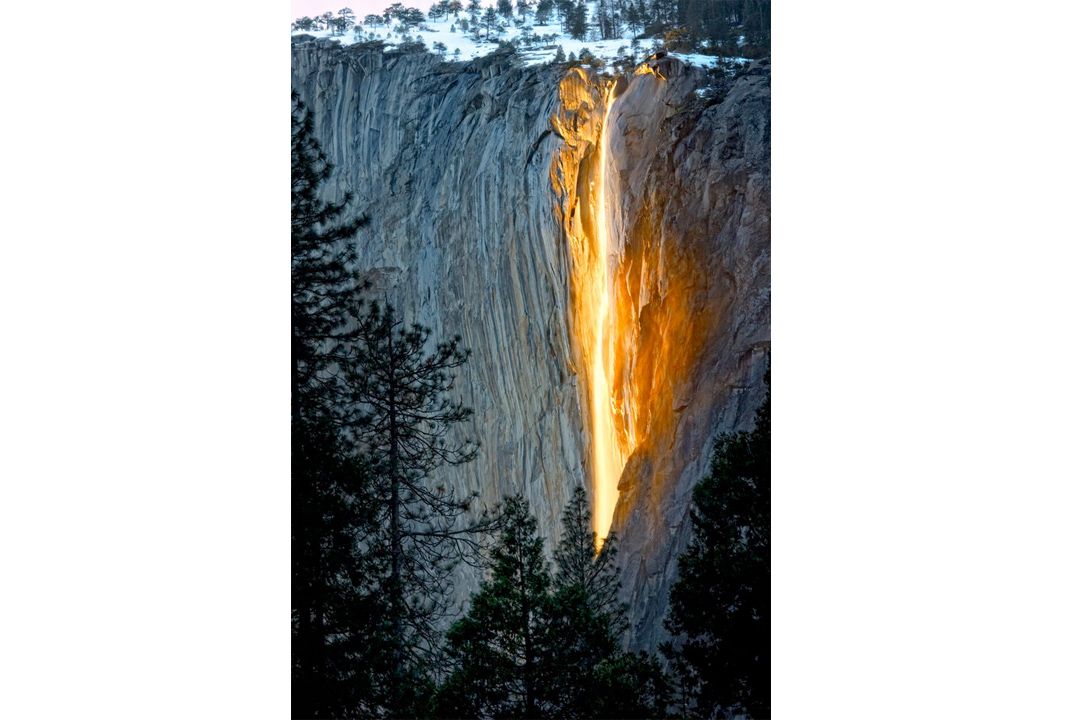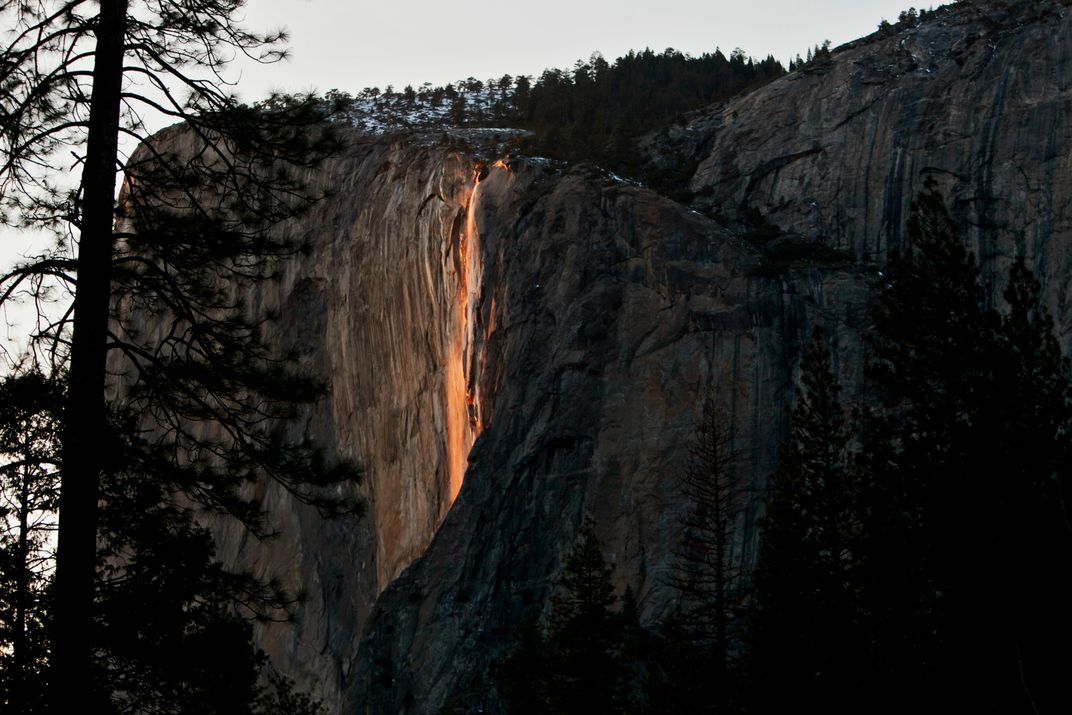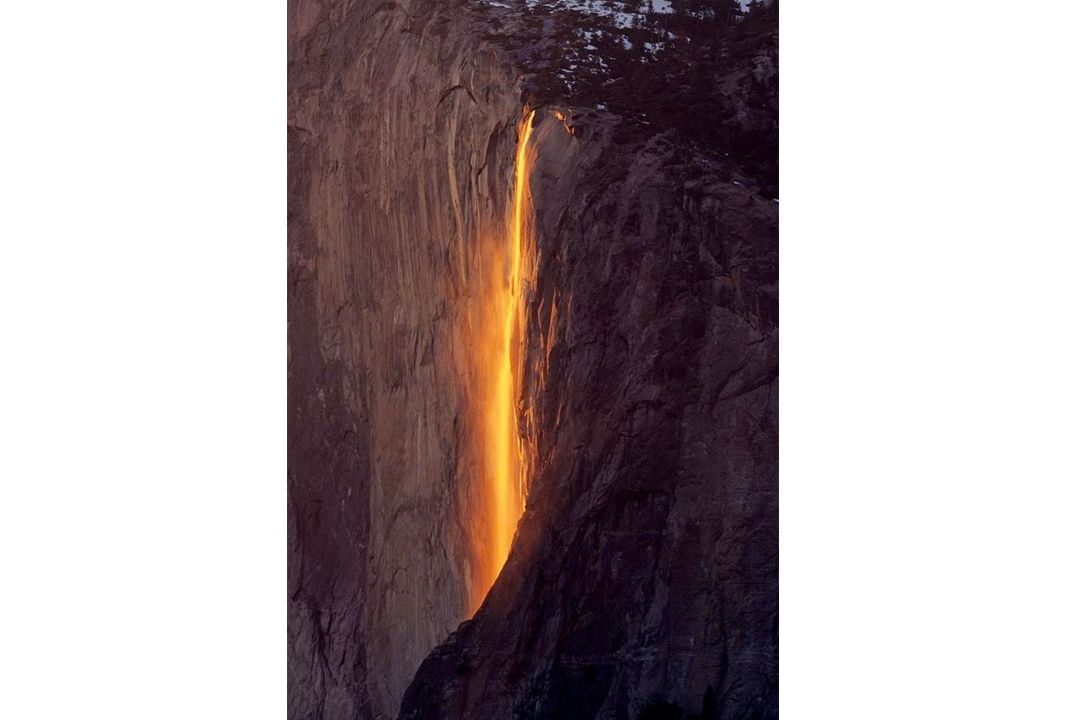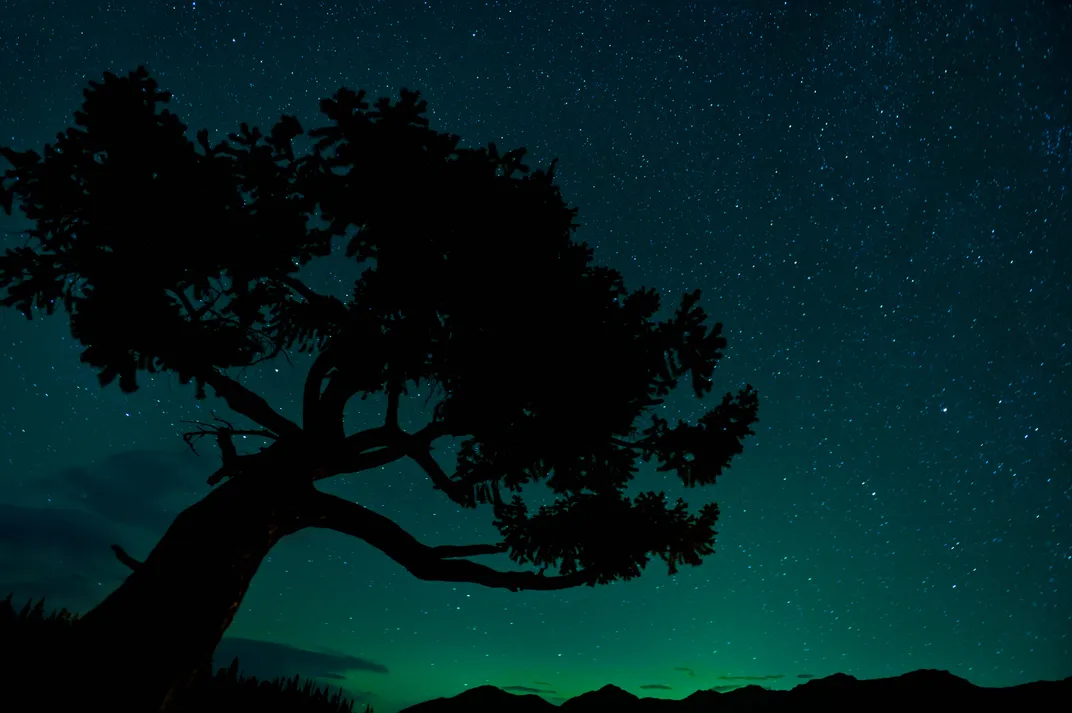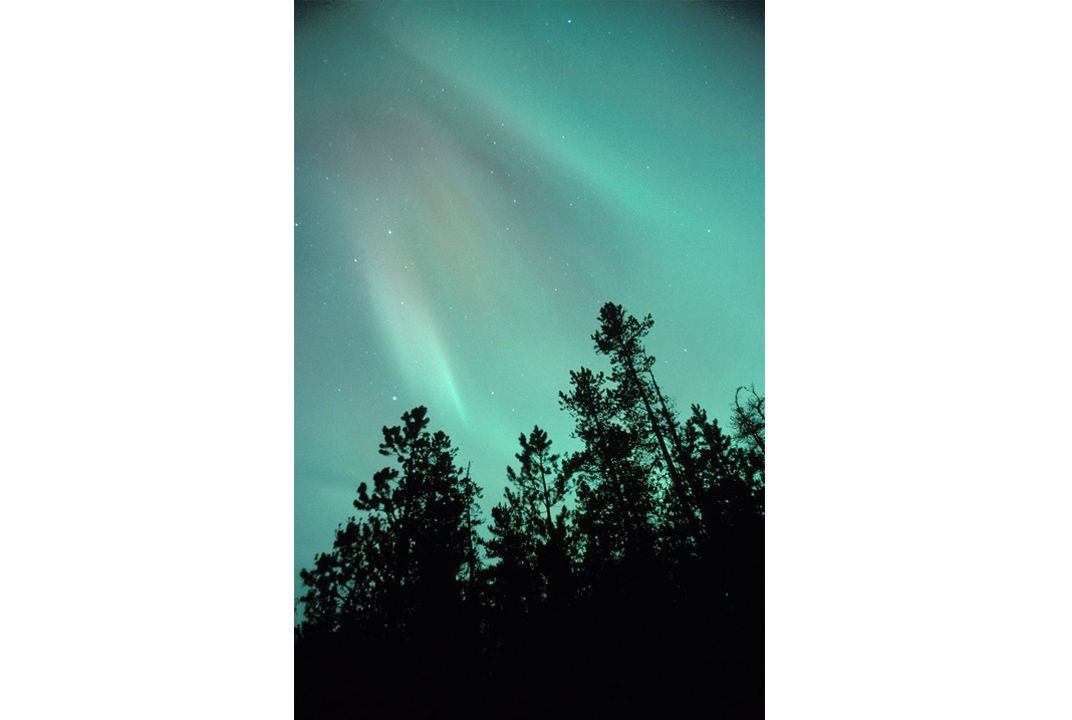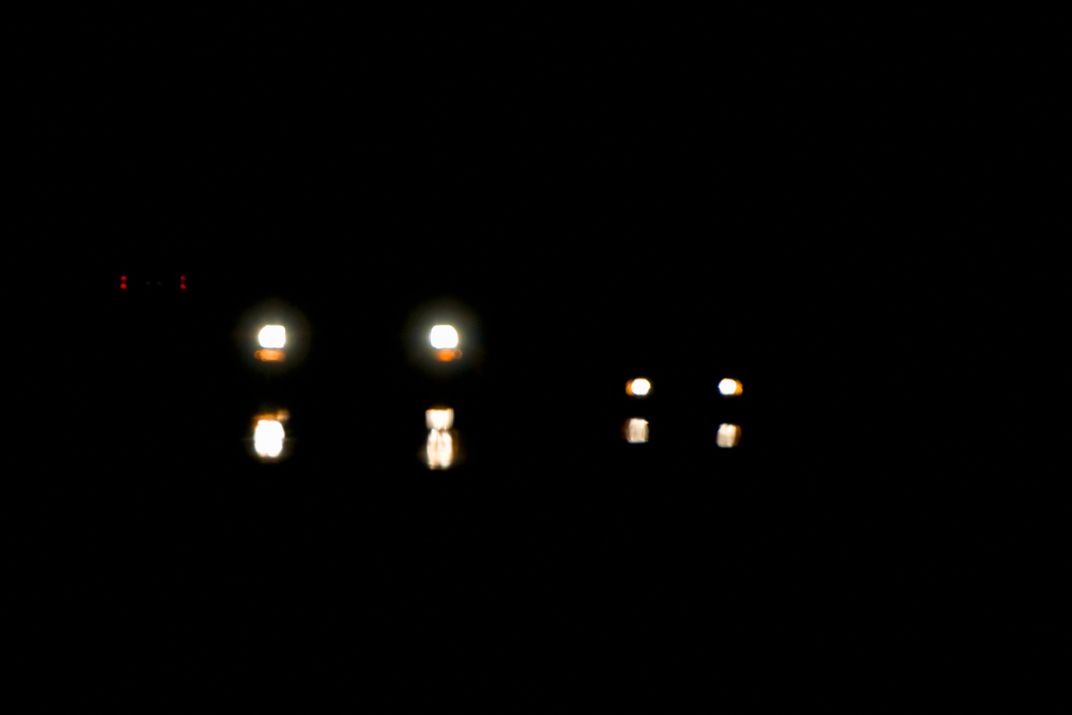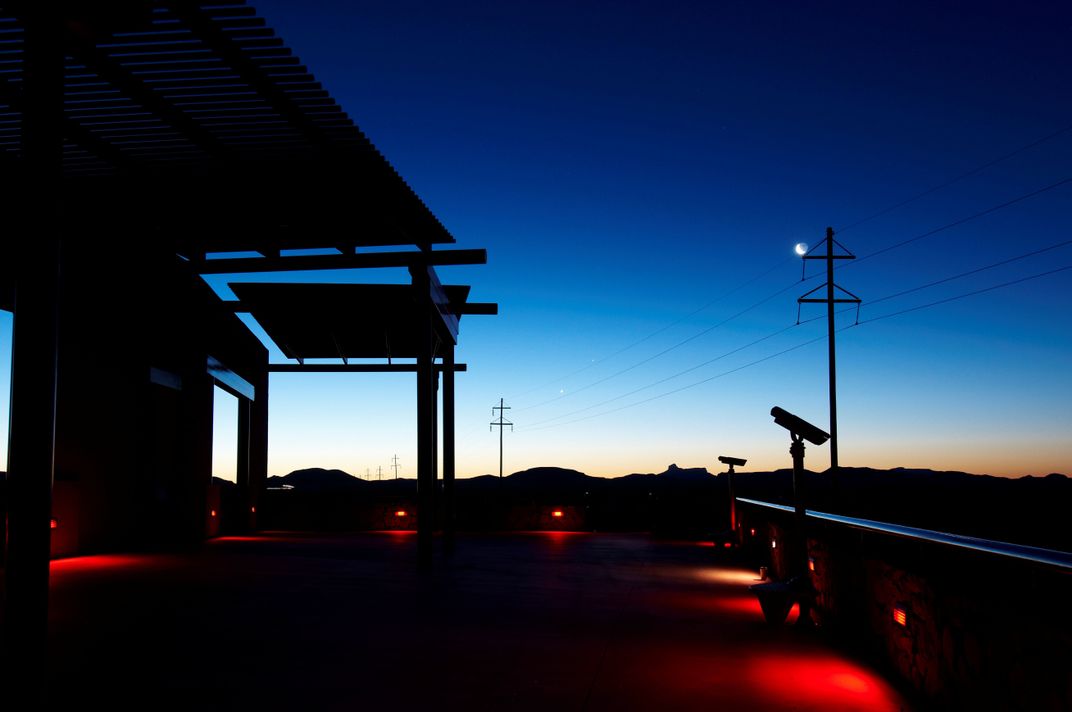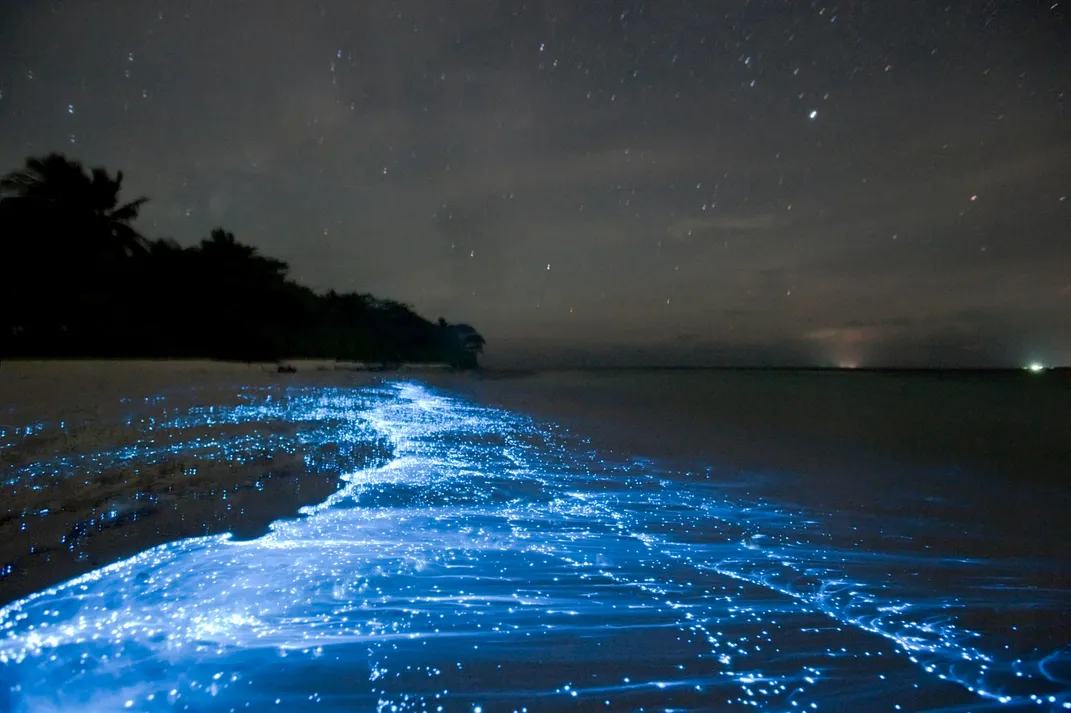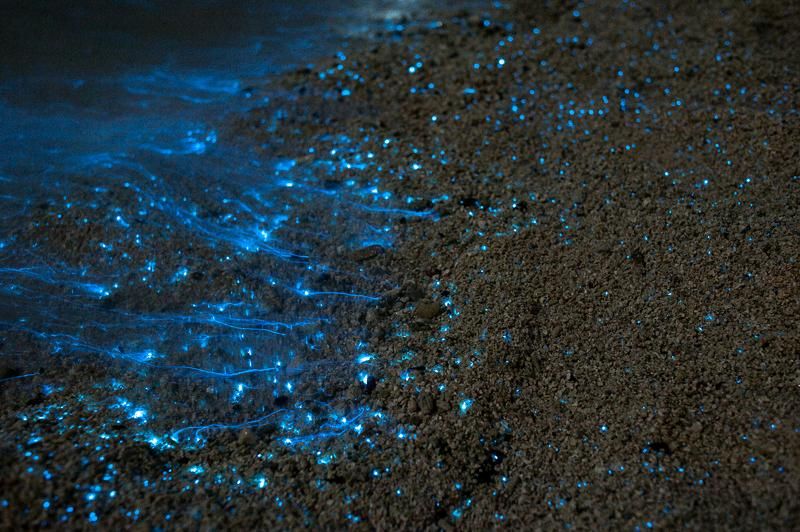These Spellbinding Light Phenomena Will Make You Believe in Magic
See seven stunning natural light shows from around the world
/https://tf-cmsv2-smithsonianmag-media.s3.amazonaws.com/filer/6d/c8/6dc85fc4-0478-49b5-910b-1f9fd5bc0cec/01-phytoplankton.jpg)
Simple science may explain the phenomena, but when it comes to natural light shows—be they in ravines in Arizona or caves in New Zealand—the effect is nothing short of magical. From forest fireflies in Japan to the violent, “everlasting” Catacumbo Storm in Venezuela to NYC’s own "Manhattanhenge,” these natural wonders are totally worth designing a trip around.
See seven destinations below and the full 16 on Travel + Leisure.
Other articles from Travel + Leisure:
No. 1: Blue Grotto - Capri, Italy
Famous? Yes. Touristy? Yes. Still, a dream-like light phenomenon worth witnessing in person? Absolutely. Along the coast of the island of Capri in southern Italy, sunlight passes through an underwater cavity and shines through the seawater, creating a pretty blue illumination inside the cave. The cavity’s opening is tiny—less than a meter high—so visitors take a four-passenger rowboat into the grotto, often waiting several minutes until tides are low enough to paddle through the opening. The best time to go? Between noon and 2 p.m. on a sunny day. (Cloudy days won’t have the same impact.) The grotto has been fascinating visitors since antiquity, even before Emperor Tiberius dedicated the cave to sea nymphs. Even in later centuries sailors avoided it for fear of spirits and sea demons. Fair warning: Some visitors are disappointed by the whole experience. It takes about one to two hours to get there by boat ride, often for just 10 to 15 minutes inside the cave.
No. 2: Antelope Slot Canyon - Page, Arizona
The slithering passages of the slot canyons are stunning in and of themselves, but when you add the light that sneaks through the slight openings in the rocks above, the color play (a mesh of oranges, reds and purples) is particularly captivating. Tours through the slot canyons happen daily, but prime viewing hours are typically between 11:30 a.m. and noon. Visitors should check with the reservations line when booking, as the vividness of the scene varies throughout the year. Tip for photographing: Visitors often kick up sand to get a more opaque spotlight.
No. 3: "Fire Falls" - Yosemite National Park, California
Imagine a wall of fire trickling down the face of a cliff. That’s the best way to describe the annual light phenomenon at California’s Yosemite National Park. Around the vernal equinox, the park’s Horsetail Falls—a waterfall on the side of the infamous El Capitan rock formation—glows a bright orange. The exact timing of the Fire Falls is hard to predict, but one of the most convenient places to witness it is on Northside Drive, approximately 1.7 miles past Yosemite Lodge at the Falls in the El Capitan picnic area. Claim your spot early in the afternoon; by sunset, you’ll be surrounded by rows of photographers with tripods.
No. 4: Aurora Borealis - Jasper National Park, Alberta, Canada
When going to see the northern lights, most flock to the Scandinavian countries, though there are a lot of great North American spots to witness the phenomenon: the forests in Fairbanks, Alaska and the National Parks of Alberta, to name a few. In fact, Alberta is home to the world’s two largest dark sky preserves: Jasper National Park and Wood Buffalo National Park, where the iridescent light dances across the sky in winter when the weather is dry, skies are clear and solar activity is at its most active.
No. 5: Marfa Lights in Marfa, Texas
Accounts of strange and unexplained lights just outside this high desert city began during the 19th century. Glowing orbs—red, white and sometimes blue—appear in the desert near Route 67 on Mitchell Flat, though the official Marfa Lights Viewing Area is nine miles east of town on Highway 90. The event occurs randomly throughout the night, no matter the season or the weather. Some think the lights are UFOs, others say they're the atmospheric reflections of nearby cars and campfires.
No. 6: Naga Fireballs - Mekong River, Thailand and Laos
Every fall, reddish “balls” of light of varying sizes rise from the Mekong River up to 100 meters in the air. Then, they explode and disappear. Known as “bung fai paya nak” or “Naga fireballs,” the event has most often occurred in late autumn during the full moon, at the end of the Buddhist Lent. It derives its name from the mythical serpent “Naga,” who haunts the river and breathes—what else?—great balls of fire. Mythology aside, for many years people believed the event could be explained by methane bubbles erupting below the river’s surface, but in more recent years, science has proven it to be a natural process in which flammable phosphine gas builds up on the riverbed, often peaking in October.
No. 7: Bioluminescent Phytoplankton - Maldives
There are few places left in the world where bioluminescent phytoplankton are plentiful enough to create as bright a light spectacle as in the Maldives, particularly on Mudhdhoo (Vaadhoo) Island. As a defense mechanism, the phytoplankton glow blue when disturbed or agitated, creating a “stellar” display on the shoreline at night. There are other places where this can be seen (Jamaica’s Luminous Lagoon and Puerto Rico’s Bioluminescent Bays in Fajardo and Vieques, for example), but the luminescence has been dimmer in recent years. Chemicals in things like sunblock and bug spray are potentially damaging, so, if visiting, please be mindful.
See more spellbinding light phenomena on Travel + Leisure.
Planning Your Next Trip?
Explore great travel deals
Smithsonian magazine participates in affiliate link advertising programs. If you purchase an item through these links, we receive a commission.
